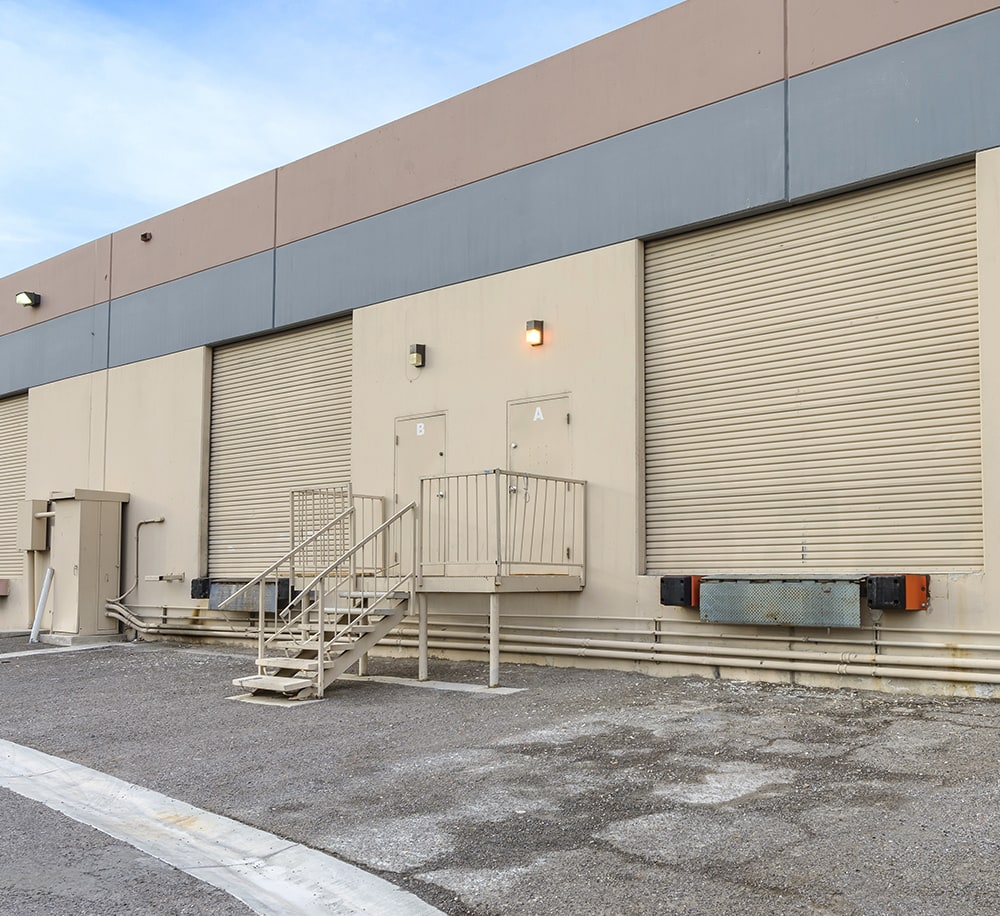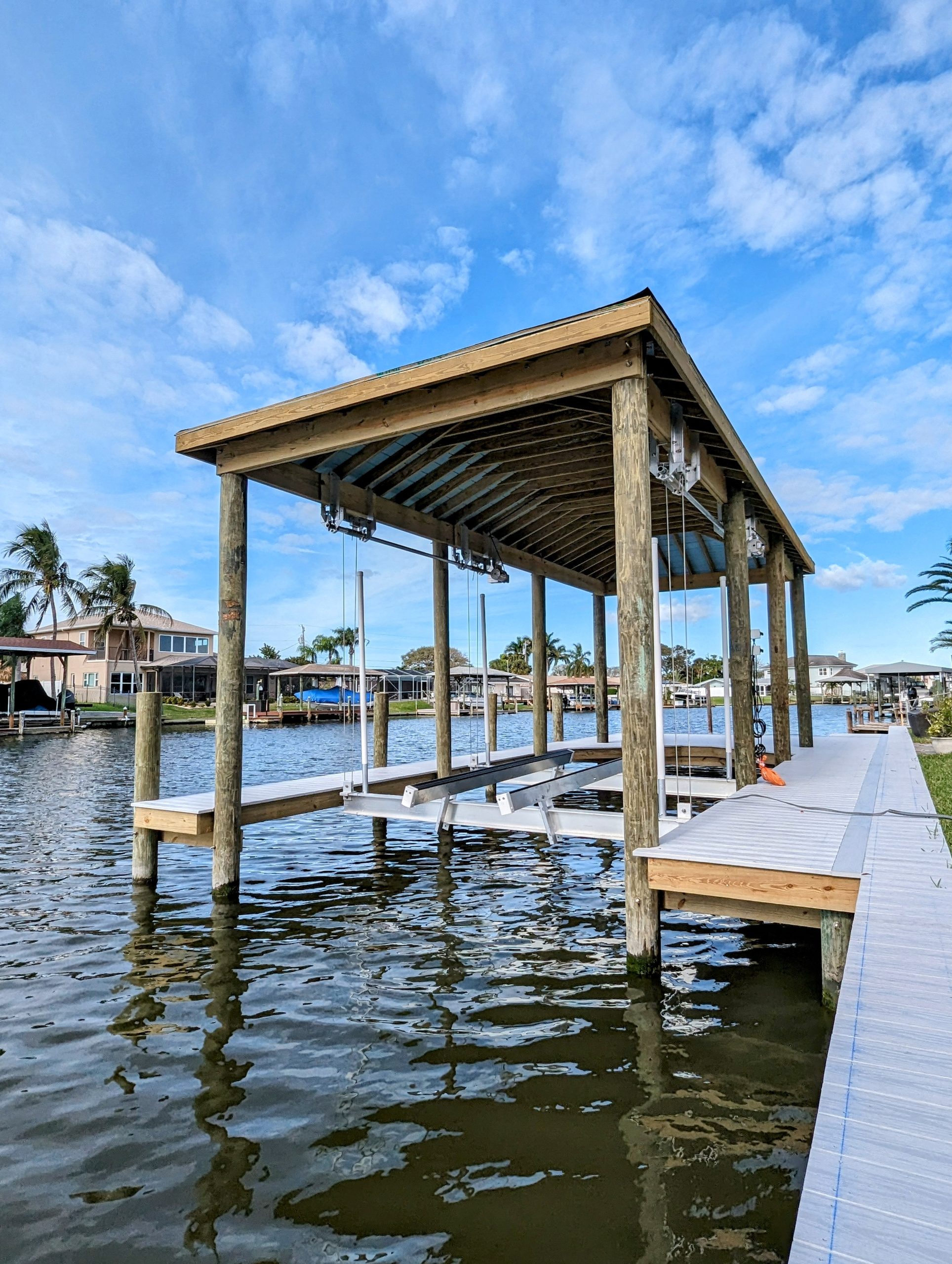Effective Dock Repair Work Techniques: Guaranteeing Structural Stability
Making sure the structural integrity of docks through effective repair work methods is extremely important for the longevity and safety and security of aquatic facilities. This involves a multi-faceted method starting with comprehensive inspections using advanced innovations like finder equipment and from another location operated vehicles (ROVs) to detect both visible and hid problems. Ultimately, choosing the best fixing products, such as corrosion-resistant alloys and composite products, is important for toughness. Structural support techniques, including the application of cross-bracing systems and load-distribution plates, play an important role in mitigating stress and anxiety points. The relevance of these techniques comes to be apparent when exploring innovative repair work approaches and preventative maintenance approaches.
Assessing Dock Damage
Analyzing dock damages is an important initial step in making sure the architectural integrity and security of any kind of docking facility. This initial examination entails an extensive assessment to recognize both concealed and noticeable problems. Key elements to check out include the dock's foundation, pilings, outdoor decking, and hardware. Each element needs to be looked at for signs of wear, rot, corrosion, or other types of deterioration that can compromise the architectural integrity.
Structural designers or certified assessors typically perform these assessments using specialized tools and methods. As an example, undersea inspections could use finder devices or from another location ran automobiles (ROVs) to identify immersed damages. Above water, aesthetic assessments are matched by utilizing wetness meters and other analysis tools to uncover underlying concerns not promptly visible to the naked eye.

Finding Repair Materials
Choosing the appropriate repair products is an essential step in the dock restoration procedure, one that straight influences the durability and performance of the fixed structure. Material option need to be driven by elements such as environmental problems, load-bearing demands, and compatibility with existing dock components.
Along with timber, composite materials are significantly preferred due to their resilience and reduced maintenance needs. Composites, generally made from a mix of plastic and wood fibers, offer superb resistance to rot, bugs, and UV damages. For metal anchors, selecting corrosion-resistant alloys such as galvanized steel or marine-grade light weight aluminum is necessary to avoid rust and ensure architectural honesty in saline water conditions.
Epoxy resins and marine-grade sealers are vital for repairing fractures and sealing joints, offering a water-proof obstacle and enhancing the dock's general stamina. By diligently selecting premium products, dock fixings can achieve lasting results, consequently safeguarding against future degradation and making sure secure, reliable use.
Architectural Support Strategies
Effective architectural support strategies are critical in ensuring the security and long life of dock repair services. This technique is especially effective for anchors revealed to heavy loads or severe ecological problems.
Another important technique is the application of fiber-reinforced polymers (FRP) These products provide high strength-to-weight ratios and superb resistance to rust, making them suitable for strengthening concrete or wood anchors. FRP can be applied in sheets or strips and bound with epoxy resins to boost structural integrity.
Supporting and anchoring systems additionally play a crucial duty in structural reinforcement. Cross-bracing, making use of metal or wood beam of lights, can combat side pressures, minimizing persuading and movement. Securing systems, such as Resources helical piers or driven stacks, provide a steady foundation by moving loads to much deeper, much more stable soil layers.
Last but not least, the combination of load-distribution plates can help disperse weight much more equally throughout the dock's surface area, reducing localized tension points. These strategies collectively ensure that anchors stay risk-free and durable, with the ability of withstanding the roughness of their operational setting.
Advanced Repair Service Methods

Another advanced method involves undersea welding, which enables fixings to be conducted without the need to dewater the area. This method is particularly advantageous for addressing structural concerns in immersed dock why not try here parts, making sure very little interruption to operations. Enhanced welding techniques, coupled with robot systems, supply precision and reliability, thereby extending the life-span of the dock.
In addition, cathodic security systems are executed to avoid corrosion in metal dock frameworks. By utilizing sacrificial anodes or satisfied present systems, these methods efficiently reduce the electrochemical processes that bring about product degeneration.
Finally, progressed monitoring innovations, such as structural wellness surveillance (SHM) systems, supply real-time data on the condition of dock frameworks. These systems allow proactive upkeep and prompt treatments, eventually guaranteeing the long-lasting structural honesty of the dock.
Maintenance and Avoidance
Maintenance and avoidance are fundamental principles that underpin the durability and safety and security of dock frameworks. Regular assessments are critical, enabling early discovery of wear and tear, possible weaknesses, and ecological impacts. An aggressive approach, including routine look for corrosion, rot, and architectural changes, alleviates costly fixings and prolongs the dock's functional life.
Safety nets need to include using protective layers to metal elements to guard versus rust and utilizing cured wood to withstand degeneration. In addition, guaranteeing correct drainage and ventilation can protect against water accumulation, which is a typical reason for structural destruction. Including quality materials and sticking to supplier guidelines during building and repair service stages additionally play essential duties in boosting resilience.

Educating employees in Learn More Here dock upkeep finest methods guarantees consistent application of preventive actions. Leveraging technical developments, such as drones for evaluations and sensors for real-time surveillance, can additionally improve maintenance initiatives. By prioritizing maintenance and avoidance, dock owners can guarantee structural honesty, operational safety, and cost-efficient administration over the dock's lifespan.
Conclusion
In verdict, preserving the structural honesty of marine facilities requires thorough dock repair service methods. Comprehensive examinations utilizing advanced tools reveal both visible and hid problems, while the selection of proper repair products boosts toughness. Executing structural reinforcement approaches addresses tension factors effectively. Advanced repair service techniques, combined with normal maintenance methods, make certain the dock remains secure and operational under varied ecological conditions. Embracing these approaches considerably extends the life-span and functionality of marine facilities.
Guaranteeing the structural stability of docks with reliable fixing techniques is critical for the durability and security of aquatic facilities.Choosing the proper fixing products is a pivotal step in the dock restoration process, one that directly affects the long life and efficiency of the fixed structure.Efficient structural reinforcement techniques are crucial in ensuring the stability and longevity of dock repair work. By prioritizing maintenance and avoidance, dock proprietors can make sure architectural stability, operational safety, and cost-efficient monitoring over the dock's life-span.
In final thought, preserving the structural honesty of aquatic centers necessitates detailed dock repair work techniques.